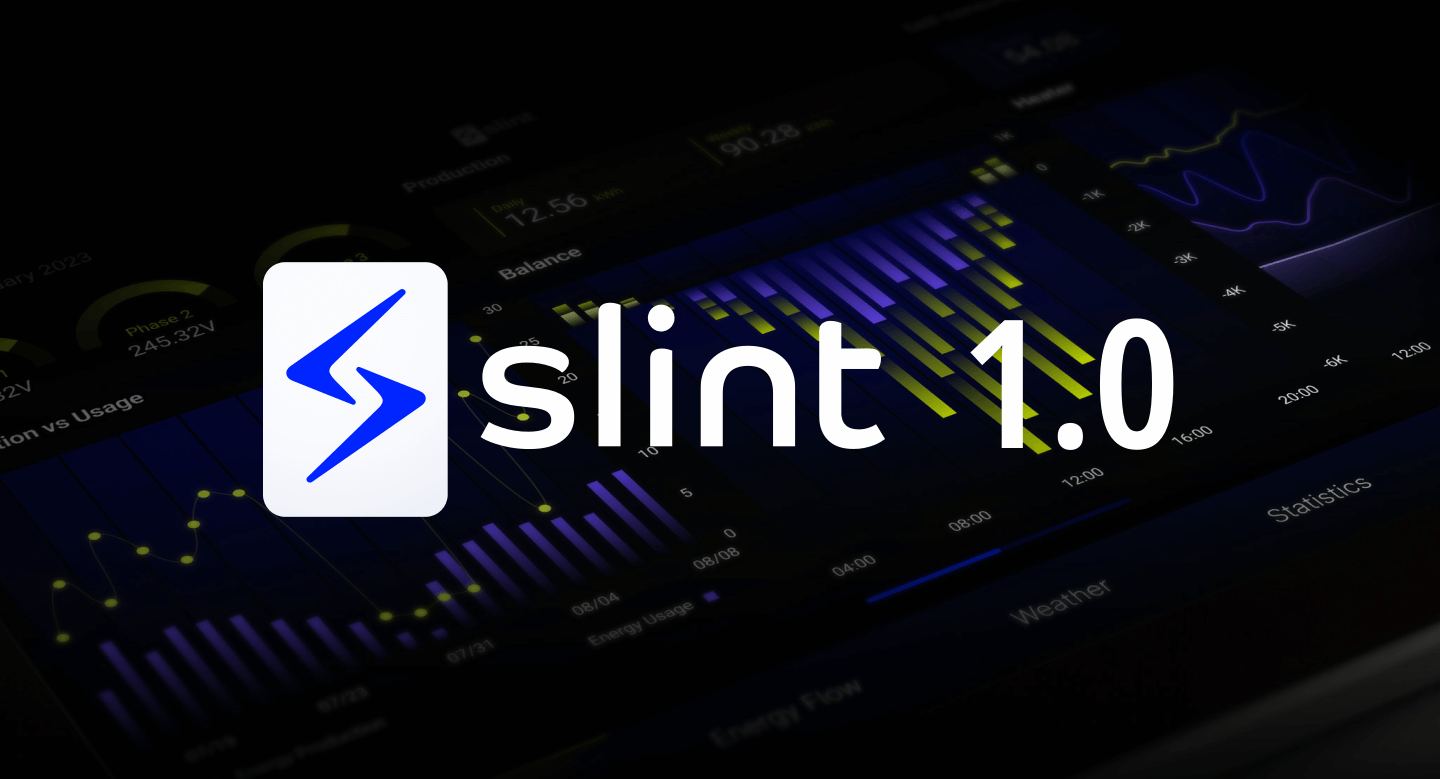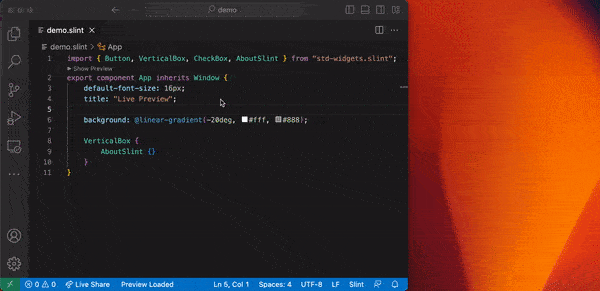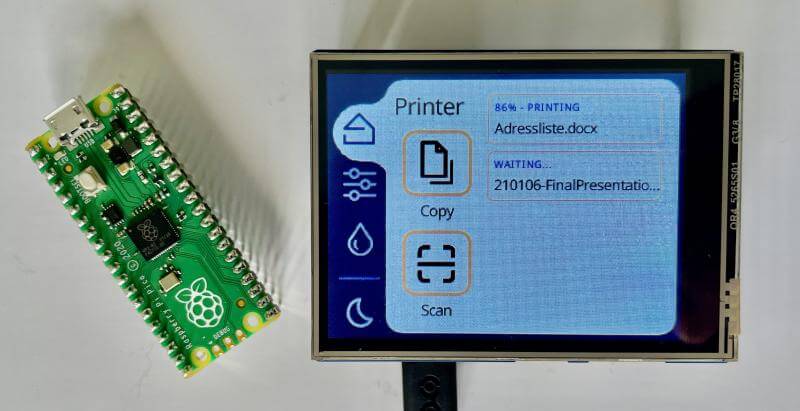
Slint is a product of SixtyFPS GmbH, a start-up. It is an open-source toolkit for developing graphical user interfaces for embedded devices or desktops.
In a recent announcement, they introduced v1.0 after 3 years of development. They also shared insights on what they plan to do with this product offering.
Let's dive in and see what this is all about.
What is happening?: Initially known as SixtyFPS, Slint has come a long way since its inception in 2020. The GUI toolkit is now finally out of 'development mode'.

Built from the ground up using Rust, it is a modern GUI toolkit conceived with scalability, inclusivity, tool-ability, and cross-platform compatibility in mind.
How does it work?: Slint uses declarative programming to streamline the development of a user interface by using a syntax that provides an extensive way to describe the various graphical elements that are easy to go through.
They also have a video to give you a head start:
The Slint compiler can also optimize and translate the UI description to native code.
To accelerate the UI development process, Slint has an extensive tooling package consisting of support for code completion, navigation, refactoring, and syntax highlighting.

As you can see, it also has live preview support to see changes happening in real-time for instant feedback.
They also offer Slint extension on the VS Code marketplace, which works across Linux, Windows, macOS, and VS Code Web.
If you are curious and want to try it out now, you can check out their online demo SlintPad, an online editor with a live preview.
Furthermore, Slint allows you to develop user interfaces for various operating systems and processor architectures, some of which include:
- Linux (desktop and embedded), macOS, Windows, WebAssembly, Blackberry QNX, and bare metal.
- ARM Cortex-M and Cortex-A, Intel x86, RISC-V, Cadence Tensilica, and more.
- Software rendering/Hardware-accelerated graphics APIs, such as OpenGL ES.
The lightweight nature of Slint can also be leveraged to build applications that run on systems with significantly less RAM.
They shared an example to demonstrate that claim with a Raspberry Pi Pico (with a mere 264 KB of RAM) running a printer demo built using Slint.

They shared an exciting piece of information: even if Slint is implemented using Rust, it still supports other programming languages, such as C++ and JavaScript.
Now.
What's their business Model? How is all this financially viable?
For starters, Slint is an open-source project, with its code available on GitHub under a GPLv3 license.
But, they also have a proprietary license that can be accessed via opting for one of the paid plans or by joining their 'Ambassador Program' and getting the license for free.
The proprietary license is compelling for businesses because it has added perks such as premium customer support, unlimited user seats, and more.
Any plans for the future?
They have laid out some promising plans for the future of Slint, one is to build a graphical editor for designers that would let them drag and drop widgets/elements to build the UI.
Then, there are plans to extend support for building native iOS and Android apps, and, of course, support for more programming languages.
⭐ This looks like it has good potential, but only time will tell.
Until then, you can go through its announcement blog to dive deeper.
- Even the biggest players in the Linux world don't care about desktop Linux users. We do.
- We don't put informational content behind paywall. Your support keeps it open for everyone. Think of it like 'pay it forward'.
- Don't like ads? With the Plus membership, you get an ad-free reading experience.
- When millions of AI-generated content is being published daily, you read and learn from real human Linux users.
- It costs just $2 a month, less than the cost of your favorite burger.
Become a Plus Member today and join over 300 people in supporting our work.










